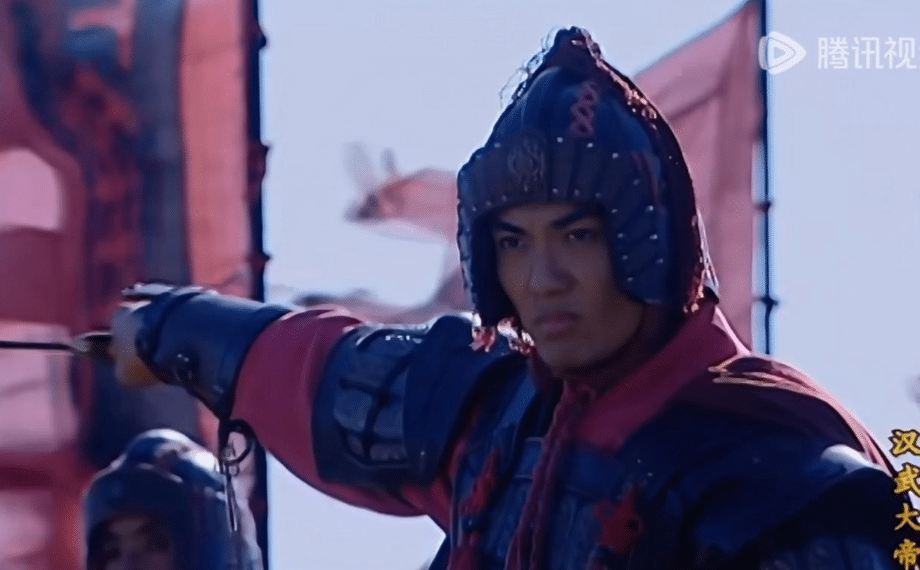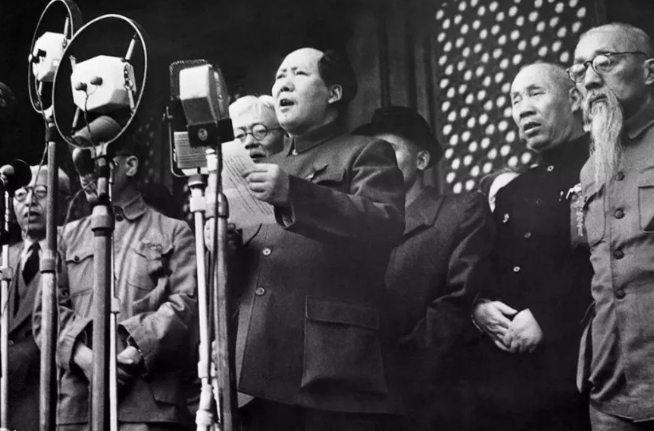Dorgon was one of the most formidable figures during the Qing dynasty’s founding. The 14th son of Nurhaci, Dorgon was born in the 40th year of the Wanli Emperor’s reign, precisely when the Later Jin (later Qing) was taking shape.
Growing up in a warlike environment, Dorgon followed his father into battles from a young age and was granted the title of Beile at just 14. After Nurhaci’s death, under Huang Taiji, Dorgon continued to distinguish himself on the battlefield, earning major victories.
Military Achievements and Early Glory
- 1627: Campaigned in Korea
- 1634: Pursued Lin Dan Khan
- 1635: Subjugated the Chalhar tribe, acquired the imperial jade seal, and assisted Huang Taiji in renaming the state to Qing
- 1636: Bestowed the title Prince Rui, then victorious in the Songjin campaign
- 1642: Captured Hong Chengchou, a key Ming minister, opening the path for Qing forces into central China
Dorgon’s influence peaked after Huang Taiji’s sudden death in 1643. He outmaneuvered Hooge in the succession dispute, enthroned the young Shunzhi Emperor, and became regent. In 1644, he led the Qing army into Beijing, defeated Li Zicheng, and established the capital. He implemented land reforms, enforced the queue hairstyle policy, and sent generals like Dodo south to defeat the Southern Ming, consolidating Qing authority over vast territories.
By 1649, after Dodo’s death from smallpox, Dorgon’s power expanded further. He even married Hooge’s widow, Lady Guwalgiya, enjoying imperial-level privileges. However, as Shunzhi matured, tensions grew.
The Controversial Death
Official records state that in the 7th year of Shunzhi, Dorgon died after a hunting accident at Gubeikou, reportedly falling from his horse and injuring his knee. He passed away on the 9th day of the 12th lunar month, aged only 38, and was posthumously honored as Emperor Yi.
However, within two months, Shunzhi personally assumed power, issued 14 charges against Dorgon, stripped his titles, and posthumously punished him and his allies. This dramatic reversal has puzzled historians.
Medical Theories and Family History
Historians and experts suggest Dorgon’s death might not have been a simple accident. According to research like Li Yin’s New Analysis of Dorgon’s Death, from the fall to death was under 30 hours—a timeframe too short for a typical knee injury to be fatal, unless there were severe fractures.
Dorgon was an excellent horseman, trained from childhood, and generally in good health. Records indicate he had no prior major illness before the hunting trip.
Some speculate a hereditary cardiovascular problem. Several Aisin Gioro family members, including Huang Taiji, died suddenly from cerebrovascular events. Dorgon reportedly suffered frequent dizziness and “wind illness” after strenuous campaigns, combined with emotional stress from Dodo’s death, which could have triggered a fatal cerebral hemorrhage.
Political Intrigue and Possible Assassination
Political factors were likely at play. Dorgon’s unparalleled power stood in the way of the young Shunzhi’s rule. The relationship with Empress Dowager Xiaozhuang was complex: she initially relied on Dorgon to protect the young emperor, but tensions arose over his marriage to Lady Guwalgiya.
Some scholars propose poisoning as a possibility. The rapid death within 30 hours aligns with acute poisoning symptoms. Rival factions, including Dorgon’s brother Ajige—who had personal conflicts over marriage alliances—and other court figures, may have contributed to his death. Archaeological findings at the Gala City site show traces of carbonized material, possibly indicating firearms, further fueling theories of foul play.
Aftermath and Rehabilitation
Following Dorgon’s death, Shunzhi consolidated power and punished Dorgon’s allies, including temporarily sidelining Lady Guwalgiya. Over a century later, in 1778, Emperor Qianlong rehabilitated Dorgon, restoring his title as Prince Rui, acknowledging his crucial role in founding and stabilizing the Qing dynasty.
Dorgon’s legacy is undeniable: he was a military genius, a political strongman, and a key force in Hanization policies and Qing consolidation. Yet, his concentration of power, controversial personal choices, and harsh methods left him vulnerable to court vengeance.
The truth behind Dorgon’s death—likely a combination of political intrigue, hereditary illness, and possible foul play—remains a historical mystery, delicately obscured in official records to avoid revealing palace secrets.
References
- Li Yin, New Analysis of Dorgon’s Death
- Qing Shizu Shilu (Veritable Records of the Qing Dynasty)
- Tang Qian, Beiyou Lu



